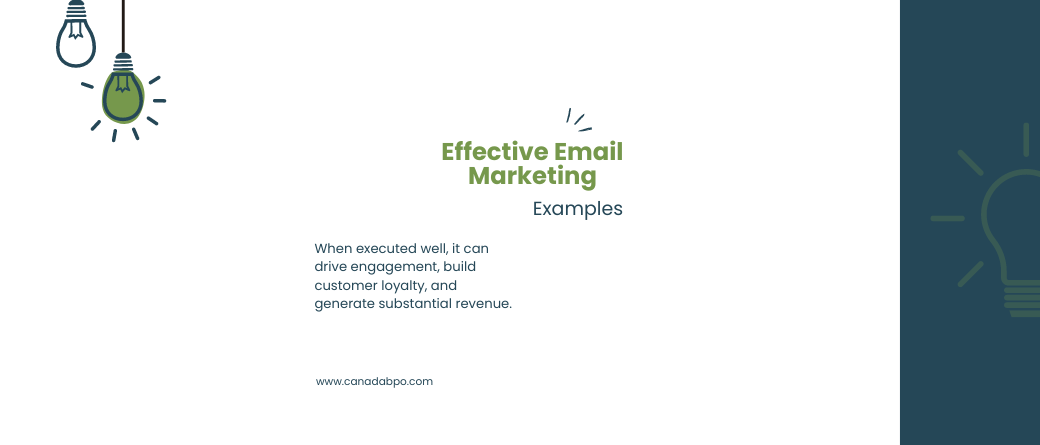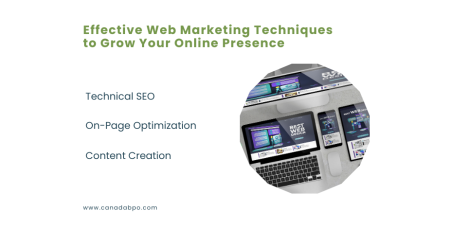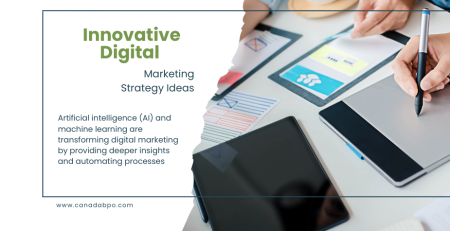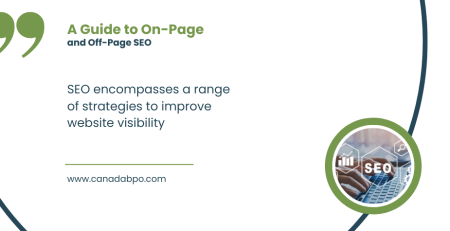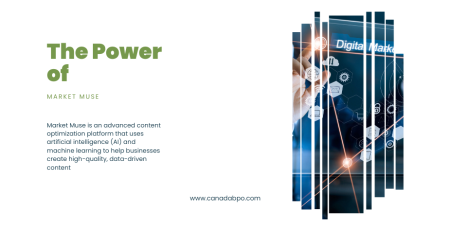Email marketing remains one of the most powerful tools in a digital marketer’s arsenal. When executed well, it can drive engagement, build customer loyalty, and generate substantial revenue. To help you enhance your email marketing efforts, we’ve compiled a list of effective email marketing examples that showcase various strategies and best practices. Whether you’re new to email marketing or looking to refine your approach, these examples offer valuable insights and inspiration.
1. Welcome Emails
Example: Airbnb
Airbnb’s welcome emails are a great example of how to make a positive first impression. When a new user signs up, Airbnb sends a personalized welcome email that includes a warm greeting, a brief introduction to the platform, and a curated list of popular listings or experiences. This type of email not only makes new users feel valued but also encourages them to explore the platform right away.
Key Takeaways:
- Personalization: Use the recipient’s name and tailor the content to their interests.
- Clear Call-to-Action (CTA): Guide users to take the next step, such as exploring listings or completing their profile.
- Engaging Content: Provide valuable information that encourages users to engage with your brand.
2. Promotional Emails
Example: Starbucks
Starbucks excels at sending promotional emails that drive sales and customer engagement. Their emails often feature exclusive offers, seasonal promotions, and loyalty rewards. For instance, during a holiday season, Starbucks might send an email offering a special discount on holiday-themed beverages, along with a visual of the festive drinks.
Key Takeaways:
- Exclusive Offers: Create a sense of urgency with limited-time promotions or special discounts.
- Eye-Catching Design: Use appealing visuals and clear messaging to grab attention.
- Personalization: Include personalized recommendations based on the recipient’s purchase history.
3. Abandoned Cart Emails
Example: Amazon
Amazon’s abandoned cart emails are effective at recovering potential lost sales. When a customer adds items to their cart but doesn’t complete the purchase, Amazon sends a reminder email highlighting the items left behind. The email often includes product images, pricing, and a direct link to complete the purchase.
Key Takeaways:
- Reminders: Prompt customers to complete their purchase by reminding them of the items they left in their cart.
- Product Images: Include visuals of the abandoned items to jog the recipient’s memory.
- Clear CTA: Provide a straightforward link or button to complete the purchase.
4. Re-Engagement Emails
Example: Netflix
Netflix uses re-engagement emails to win back inactive subscribers. When a user hasn’t interacted with their account for a while, Netflix sends an email highlighting new content, popular shows, or personalized recommendations based on their viewing history. This approach encourages users to revisit the platform and explore fresh content.
Key Takeaways:
- Personalized Content: Tailor recommendations based on the recipient’s past interactions.
- Highlight New Features: Inform users about new content or features that may interest them.
- Compelling Subject Lines: Use engaging subject lines to grab attention and encourage opens.
5. Transactional Emails
Example: Shopify
Shopify excels in sending transactional emails that provide essential information and enhance the customer experience. For example, after a purchase, Shopify sends an order confirmation email with details about the transaction, shipping information, and customer support contact details.
Key Takeaways:
- Essential Information: Provide all relevant details about the transaction, including order summary and shipping status.
- Professional Design: Ensure the email is well-designed and easy to read.
- Support Information: Include contact details for customer support in case of any issues.
6. Survey and Feedback Emails
Example: SurveyMonkey
SurveyMonkey uses survey and feedback emails to gather insights from their users. After a customer interacts with their service, SurveyMonkey sends a follow-up email requesting feedback on their experience. The email typically includes a brief survey and a thank you message for participating.
Key Takeaways:
- Request Feedback: Ask for input on specific aspects of the customer experience.
- Simple Survey: Keep the survey brief and easy to complete.
- Appreciation: Thank recipients for their time and feedback.
7. Newsletter Emails
Example: HubSpot
HubSpot’s newsletters are an excellent example of how to provide value through email. Their newsletters often include industry news, tips, and insights, as well as updates about HubSpot’s products and services. This type of email helps keep subscribers informed and engaged with the brand.
Key Takeaways:
- Valuable Content: Offer useful information that resonates with your audience’s interests.
- Consistent Schedule: Send newsletters on a regular schedule to maintain engagement.
- Clear Formatting: Use a clean and organized layout to enhance readability.
8. Event Invitation Emails
Example: Eventbrite
Eventbrite’s event invitation emails are designed to drive attendance and engagement. When a new event is announced, Eventbrite sends an invitation email with details about the event, including date, time, location, and a call-to-action to register or purchase tickets.
Key Takeaways:
- Event Details: Provide all necessary information about the event in a clear and engaging manner.
- Visual Appeal: Use images or graphics related to the event to capture interest.
- Strong CTA: Include a prominent registration or ticket purchase link.
Email marketing remains a powerful tool for driving engagement and achieving business goals. By examining effective email marketing examples, you can gain valuable insights into what works and apply these strategies to your own campaigns. Whether you’re sending welcome emails, promotional offers, or newsletters, focusing on personalization, clear calls-to-action, and valuable content will help you create impactful email marketing campaigns that resonate with your audience.
